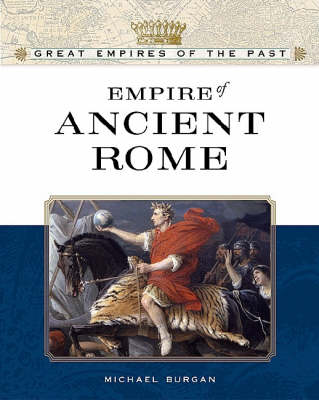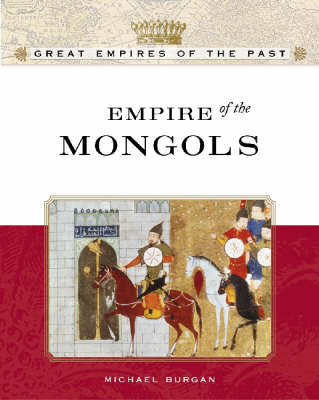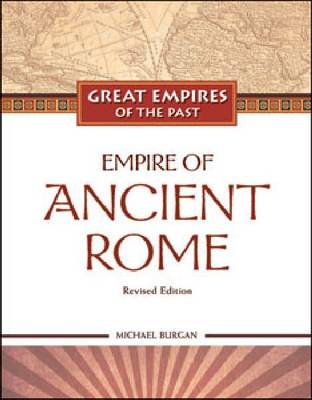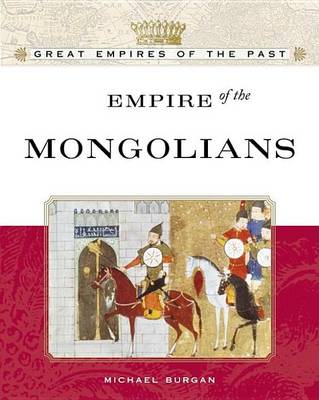Great Empires of the Past
5 total works
For almost 1,200 years, the Persians ruled a territory that stretched from the Black Sea into Central Asia, from India to Egypt and into the fringes of southern Europe. During that period from 550 BCE to 651 CE, the ancient Persians learned to cultivate crops such as wheat and barley and to domesticate animals; they also demonstrated their talents for architecture and art by building enormous palaces, such as at the site of Persepolis, and through intricate art painted on pottery. As their neighbors, particularly the Macedonian prince Alexander the Great, grew stronger, ancient Persia struggled to maintain its authority. Despite their eventual decline, the Persian empires had significant influence on the ancient world, including the idea of worshipping a single god. As the first monotheistic religion, Zoroastrianism would lay the foundation for the development of Christianity, Islam, and Judaism. ""Empires of Ancient Persia"" looks at the rise and fall of the Persian empires, the daily life of the people, and their influence on subsequent civilizations.
The influence of the Roman Empire has been widespread and profound, perhaps more so than any other empire or civilization. This volume begins with a brief summary of the Roman Empire and provides an account of the world and this geographic area in the years leading up to the empire. In an easy-to-follow format, Roman Empire covers the growth of Rome as a republic, the political and social forces that drove the transition to a dictatorship of caesars, the reasons for Rome's eventual decline, and what happened to the remnants of the empire.
Empire of the Mongols details how the Mongols were able to sweep so swiftly and effectively across the plains and establish a great empire, and why it was ultimately an empire they could not control. Connections in our own world to the Mongols include military tactics that are still used today, words such as ""czar"" and ""horde,"" and the enduring myths of Chinggis and Kublai Khan and Tamerlane, which have fired imaginations for centuries.
The influence of the Roman Empire has been widespread and profound, perhaps more so than that of any other empire or civilization. Rome laid the foundation for many of the institutions and ideas in the modern Western world, including the common political and legal systems. Roman ruins can still be found in distant England, and Roman aqueducts still bring fresh drinking water to modern Rome. Other legacies of the Roman Empire include concrete, pizza, sports arenas, and many English words. ""Empire of Ancient Rome, Revised Edition"" opens with a brief summary of the Roman Empire and provides an account of the world and geographic area in the years leading up to the empire. In an easy-to-follow format, this volume covers the growth of Rome as a republic, the political and social forces that drove the transition to a dictatorship of Caesars, the reasons for Rome's eventual decline, and what happened to the remnants of the empire.




